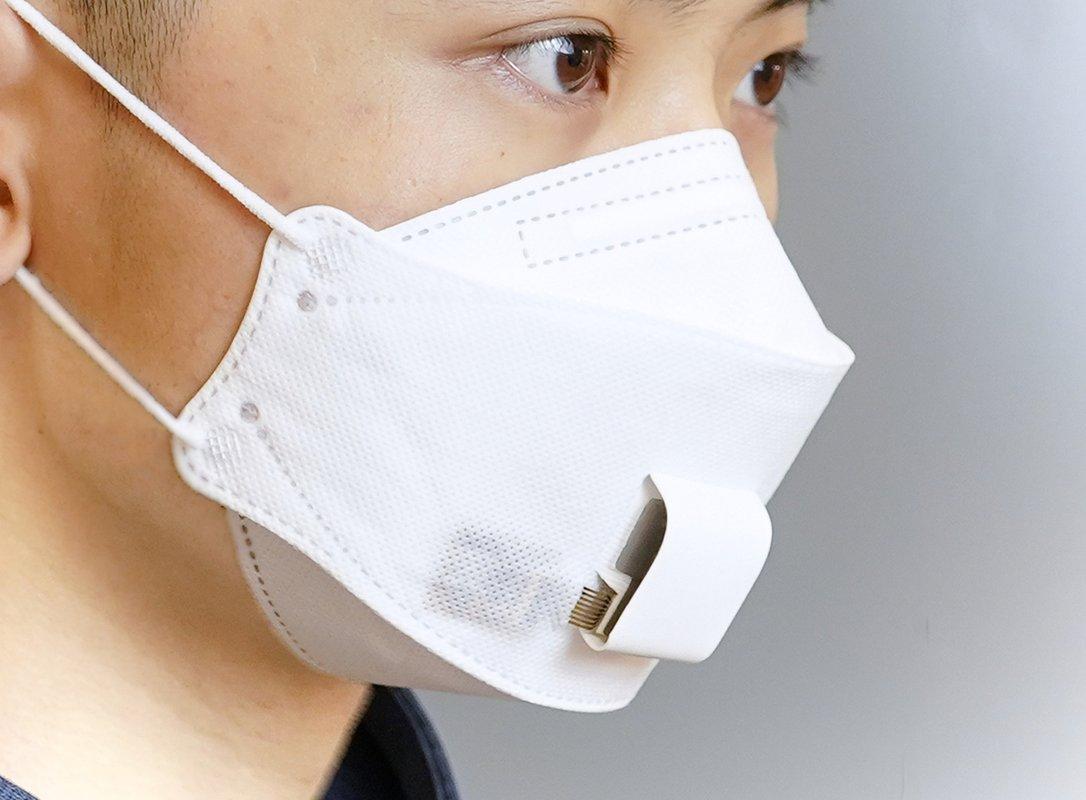Several “benign, but embarrassing” skin disorders can be caused by wearing a mask: “redness, irritation and microlesions due to friction at the points of contact – bridge of the nose, back of the ears, etc.; an exacerbation pre-existing disorders, such as acne or rosacea, linked to heat and perspiration under the mask; and allergies to neoprene or latex, present in certain synthetic fabric masks” lists Dr. Radostina Bachvarova, dermatologist at the thermal baths of Saint- Gervais-Mont-Blanc.
As for prolonged wear (several hours), it can “increase the risk of infection” and induce “very visible pain and scars” underlines a recent international study.
Masks: which skin types are at risk?
Wearing a mask is now compulsory in all enclosed public places, so we risk spending several hours a day with our faces covered. Some skins are likely to feel more attacked:
- Dry skin, more sensitive to repeated rubbing.
- Oily skin, whose excessive sebum secretion can promote acne.
- Fair skin and people over 65, finer and less resistant.
- Skin already weakened by skin pathologies (acne, eczema, etc.), more reactive.
Afterwards, everyone can be concerned because, “unlike that of the palms of the hands or the soles of the feet, thicker and more resistant, the skin of the face is not physiologically adapted to repeated aggressions” underlines the dermatologist.
What actions in prevention?
Four actions to know to limit the damage:
- Prefer a pure and clear cotton mask “more “breathable” and less irritating and allergenic”.
- Fifteen to thirty minutes before putting it on, “clean the skin well with a non-aggressive product such as a surgras soap, dry well and apply a moisturizer to preserve the skin barrier on the support areas”.
- Remove the mask “as soon as it is possible to do so without risk”, to evacuate heat and perspiration.
- At the first symptoms, “use thermal water with calming and healing properties, or a healing and/or anti-redness cream”.
How to make up?
If possible, forgo makeup, as “it can clog skin pores and promote acne if macerated.” Or opt for very light makeup. Especially since we don’t necessarily need it… hidden under a mask!
Also avoid any perfumed product with preservatives and parabens, likely to emit vapors that can sensitize the skin confined under a mask: lacquers, varnishes, aerosol deodorants, etc. To limit tan marks on sunny days, “opt for a +50 index sunscreen product, which does not prevent tanning, but can slow it down”.
When to consult?
Call your doctor quickly in case of signs of skin infection – redness, scabs, blisters… – because it may be impetigo, a bacterial infection generally occurring in children, but which can also affect weakened adults (lower immunity due to a chronic disease…): “This type of disorder requires antibiotics.”
Read also :
- Hydroalcoholic gel and sun: watch out for brown spots on the skin
- How to make an aperitif with barrier gestures
- Coronavirus: a surgical mask soon to be reimbursed by the social security?


















